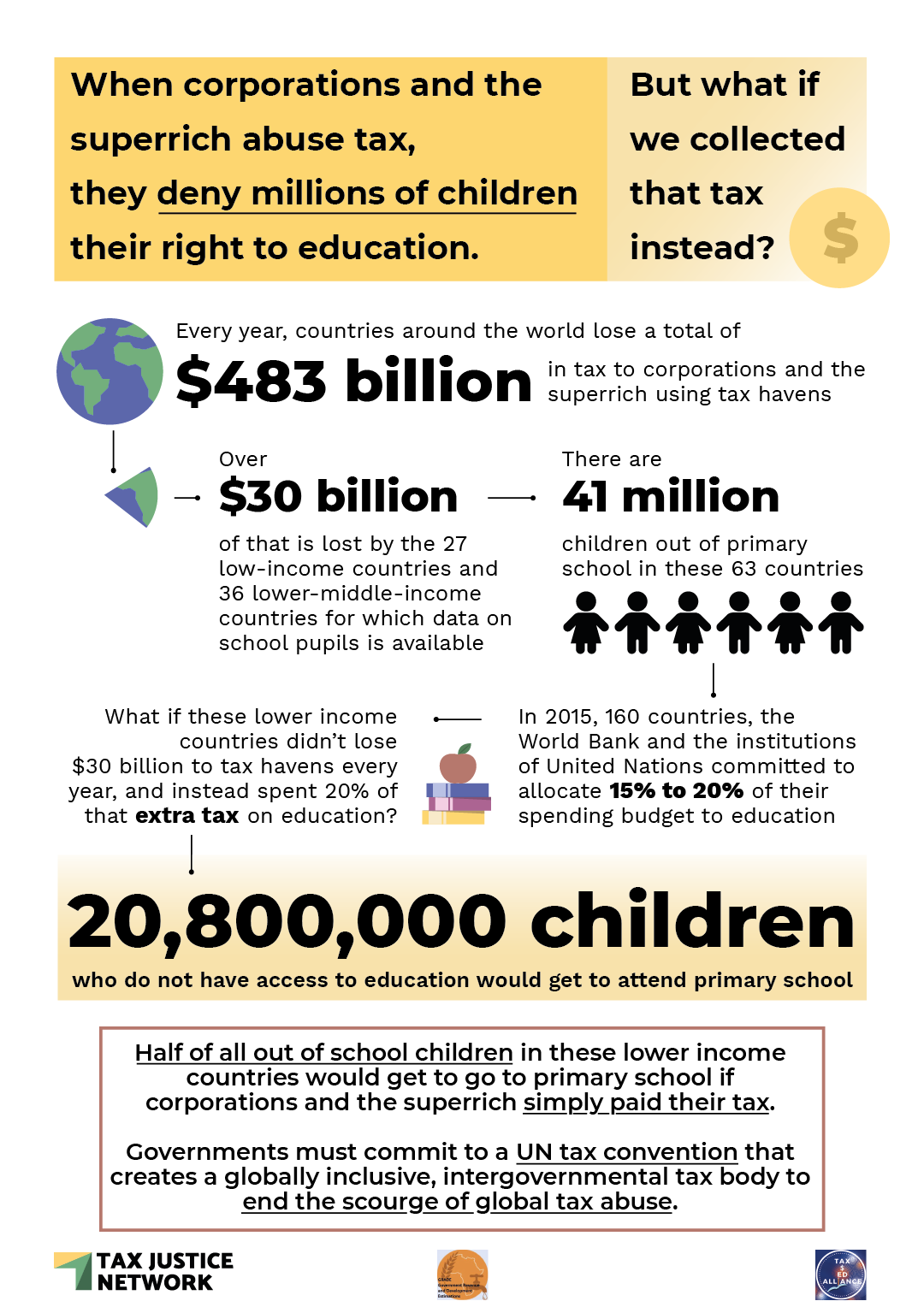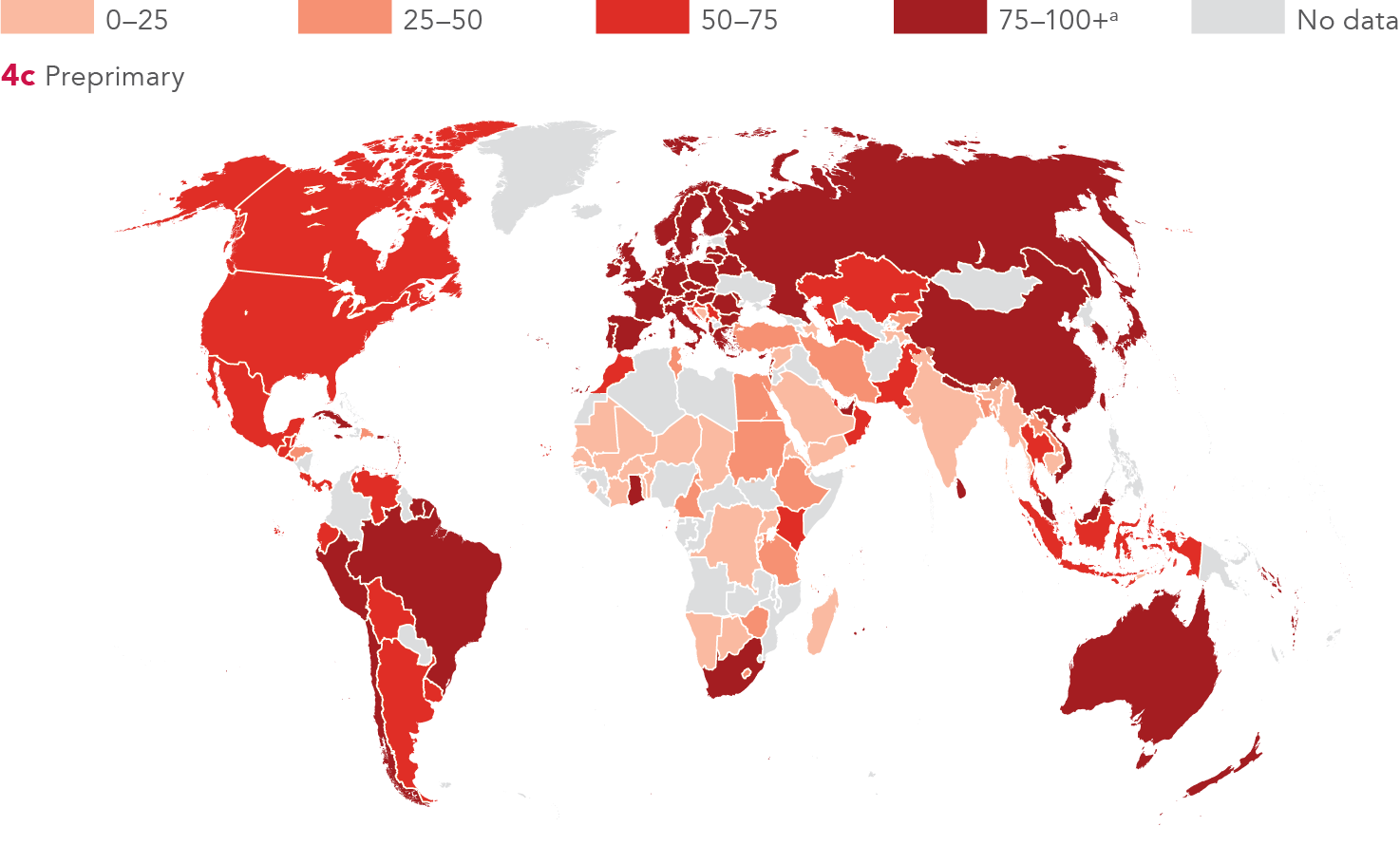Approximately 17% of the world’s population does not have access to education. This lack affects millions of children and adults globally.
Education is a fundamental human right, essential for personal and societal growth. Despite progress, millions still lack access to basic education. Barriers like poverty, conflict, and gender discrimination hinder educational opportunities. Developing regions face the most significant challenges, with rural areas particularly affected.
Ensuring access to quality education is crucial for breaking the cycle of poverty. Governments, NGOs, and communities must collaborate to provide resources and support. Investing in education not only empowers individuals but also drives economic and social development. Bridging the education gap benefits everyone, fostering a more equitable and prosperous world.
Global Education Crisis
The global education crisis is a significant issue today. Millions of children worldwide do not have access to basic education. This lack of education affects their future and the progress of communities. The crisis is more severe in some regions than others.
Current Statistics
Many children around the world are denied education. Here are some current statistics:
| Statistic | Number |
|---|---|
| Children without primary education | 58 million |
| Children without secondary education | 63 million |
| Adults without basic reading skills | 750 million |
Regions Most Affected
Some regions are more affected by the lack of education. Here are the regions that suffer the most:
- Sub-Saharan Africa: This region has the highest number of children out of school.
- South Asia: Many children in this region do not complete their education.
- Middle East and North Africa: Political instability affects children’s access to education.
These regions need urgent attention to address the education crisis. The global community must work together to ensure every child can access quality education.
Barriers To Education
Education is a basic human right. Yet, many barriers prevent millions from accessing it. These barriers vary from economic struggles to political unrest. Understanding these challenges helps us find solutions to global education issues.
Economic Challenges
Economic issues are one of the main barriers to education. Many families live in poverty and cannot afford school fees. Even if education is free, other costs exist. These include uniforms, books, and transportation. This makes it hard for children from poor families to attend school.
Rural areas face unique economic problems. Schools are often far away. Transportation is costly. Families may need their children to work. This helps support the household. As a result, these children miss out on education. The cycle of poverty continues.
Political Instability
Political instability is another significant barrier to education. In conflict zones, schools may close, and children and teachers face danger. Wars and political unrest disrupt daily life, making regular schooling impossible.
Some governments do not prioritize education. They may lack resources or the will to invest in schools. Corruption can also divert funds meant for education. This leaves schools underfunded and poorly maintained. Students suffer from a lack of quality education.
| Barrier | Description |
|---|---|
| Economic Challenges | Costs of education and child labor |
| Political Instability | Conflict zones and lack of government support |
Impact On Children
The lack of education affects millions of children worldwide. This deprivation has severe consequences on their future. Children without education face numerous hardships. They often miss out on vital opportunities. Below, we explore some of the critical impacts.
Child Labor
Many children without access to education enter the workforce early. They end up working in dangerous conditions. Child labour robs them of their childhood. It hinders their physical and mental growth. They often work long hours for low wages. These children miss the chance to learn and grow.
In some regions, child labour is a significant issue. According to data, about 152 million children are involved in child labour. This number is alarming. It highlights the dire need for educational access.
Early Marriage
Early marriage is another consequence of a lack of education. Girls without schooling are more likely to marry young. This practice is prevalent in many developing countries. Early marriage limits girls’ opportunities. They often drop out of school. Their health and well-being are at risk.
Statistics show that one in five girls marry before 18. These girls face numerous challenges. They often become mothers at a young age. This cycle continues, affecting future generations.
| Impact | Percentage |
|---|---|
| Child Labor | 152 million children |
| Early Marriage | 1 in 5 girls |

Credit: taxjustice.net
Gender Disparities
Globally, gender disparities in education remain a critical issue. Many children, especially girls, do not have equal access to learning. This gap affects their prospects significantly.
Girls’ Education
Girls face more obstacles to education compared to boys. Poverty, cultural norms, and safety concerns often limit their schooling. In some regions, only a small percentage of girls complete primary education.
| Region | Girls Completing Primary Education (%) |
|---|---|
| Sub-Saharan Africa | 56% |
| South Asia | 70% |
| Middle East and North Africa | 80% |
The statistics show that girls’ education is a critical issue. Educating girls boosts their economic prospects and improves communities.
Cultural Norms
Cultural norms play a significant role in restricting girls’ education. In many societies, girls are expected to handle household chores. This limits their time for schooling.
Early marriages also contribute to low education rates among girls. Many girls are married off before completing their education. This severely impacts their future opportunities.
- Household responsibilities
- Early marriages
- Gender stereotypes
Addressing these cultural norms is essential for improving girls’ education. Community awareness programs can help change these perceptions.
Supporting girls’ education leads to long-term benefits for society. It is crucial to make education accessible for all children, regardless of gender.
Rural Vs. Urban Divide
The disparity in education between rural and urban areas is significant. Many rural communities lack basic educational resources. Urban areas generally have better access to schools and materials. This divide impacts millions of children worldwide.
Infrastructure Issues
Urban areas often have well-developed school buildings and facilities. These schools are easily accessible. Rural areas face challenges due to poor infrastructure. Roads are often unpaved, making travel to school difficult.
Many rural schools lack basic amenities like clean water and electricity. This hampers the learning environment.
Urban schools usually have libraries, laboratories, and sports facilities. Rural schools often miss out on these essential resources.
Resource Allocation
Urban schools receive more funding and resources. This results in better teacher salaries and classroom materials. Rural schools often face budget cuts and limited supplies.
Urban areas attract qualified teachers due to better pay and living conditions. Rural schools struggle to retain skilled teachers.
Here’s a comparison table highlighting the differences:
| Aspect | Urban Areas | Rural Areas |
|---|---|---|
| School Facilities | Modern and well-equipped | Often outdated and under-equipped |
| Teacher Quality | Highly qualified and experienced | Often less qualified |
| Funding | Higher and more consistent | Lower and unstable |
| Access to Materials | Abundant | Limited |
Improving education in rural areas requires addressing infrastructure and resource allocation. Bridging the rural-urban divide will ensure every child has access to quality education.

Credit: www.statista.com
Technological Solutions
In many parts of the world, children lack access to quality education. Technological solutions are bridging this gap. These innovations offer new ways to learn and reach more students. Let’s explore some of these solutions.
Online Learning
Online learning platforms have revolutionized education. They provide access to courses and materials worldwide. Children in remote areas can now learn from the best educators. These platforms offer interactive lessons, videos, and quizzes.
Some popular online learning platforms include:
- Khan Academy
- Coursera
- edX
- Udemy
These platforms often offer courses for free. They also provide certificates for completed courses. This method of learning is flexible and accessible.
Mobile Classrooms
Mobile classrooms are another innovative solution. They bring education to the doorsteps of children. These classrooms are usually buses or trucks equipped with learning materials.
Mobile classrooms offer:
- Books and tablets
- Internet access
- Qualified teachers
These mobile units travel to remote or underserved areas. They set up temporary classrooms and provide structured lessons. This approach ensures that no child is left behind.
Both online learning and mobile classrooms are transforming education. They help reach children who otherwise would miss out. These solutions bring hope and opportunities to millions worldwide.
Government Initiatives
Government initiatives play a crucial role in ensuring access to education worldwide. Effective policies and international collaboration can help bridge the education gap.
Policy Changes
Many governments implement policy changes to improve education access. These policies often focus on:
- Building more schools in rural areas
- Providing free or subsidized education
- Training more teachers
- Updating curriculums to be more inclusive
For example, some countries have introduced mandatory schooling laws. This ensures all children attend school until a certain age. These laws help reduce the number of out-of-school children.
International Aid
International aid is vital in supporting education in developing countries. Several organizations and countries provide aid to improve education access. These efforts include:
- Financial support for building schools
- Providing educational materials like books and computers
- Training teachers and educational staff
The Global Partnership for Education is one such initiative. It partners with developing countries to improve their education systems. This collaboration has helped millions of children gain access to education.
International aid also supports emergency education programs. These programs help children in conflict zones continue their education. They provide safe learning environments during crises.

Credit: datatopics.worldbank.org
Future Outlook
The future of global education access looks promising. Efforts are underway to bridge the education gap. Governments and organizations are joining hands. They aim to ensure every child gets an education.
Sustainable Development Goals
The United Nations has set Sustainable Development Goals (SDGs). Goal 4 targets inclusive and quality education for all. It aims to ensure equal access by 2030. Countries are working hard to meet this goal.
Here are some key targets of SDG 4:
- Free primary and secondary education for all children.
- Equal access to quality pre-primary education.
- Affordable technical, vocational, and higher education.
- Eliminate gender disparities in education.
The SDGs encourage countries to invest in education. This will help millions of children worldwide.
Innovative Approaches
Innovative approaches are needed to achieve global education goals. Technology plays a big role in this. Digital learning platforms bring education to remote areas. Many children now have access to online classes.
Other innovative methods include:
- Mobile Learning: Smartphones and tablets are used for learning.
- Community Schools: Local schools are set up in rural areas.
- Distance Education: Lessons are delivered through radio and TV.
Governments also focus on teacher training. Well-trained teachers improve education quality. Public-private partnerships are another key. They help fund educational projects and initiatives.
By embracing these approaches, the future of education looks bright. More children will have the chance to learn and grow.
FAQ: Frequently Asked Questions
How Many People In The World Do Not Have Access To Education?
Approximately 258 million children and youth globally lack access to education. This includes primary and secondary education levels.
What Is The Percentage Of Lack Of Education In The World?
Around 17% of the world’s population lacks formal education. This affects access to opportunities and resources.
What Percentage Of The World Can’t Go To School?
Around 17% of the world’s children and youth are unable to attend school. This affects their education and future opportunities.
What Percentage Of People Don’t Have An Education?
Around 17% of the global adult population lacks basic education. This percentage varies by region and socioeconomic status.
Related Content: How Often Should RE Be Taught in Primary Schools?
Conclusion
Access to education remains a global challenge. Millions of children and adults lack basic educational opportunities. Addressing this issue requires a collective effort from governments, organizations, and communities. By prioritizing education, we can create a brighter future for everyone. Every step towards improving access to education is a step towards a better world.










